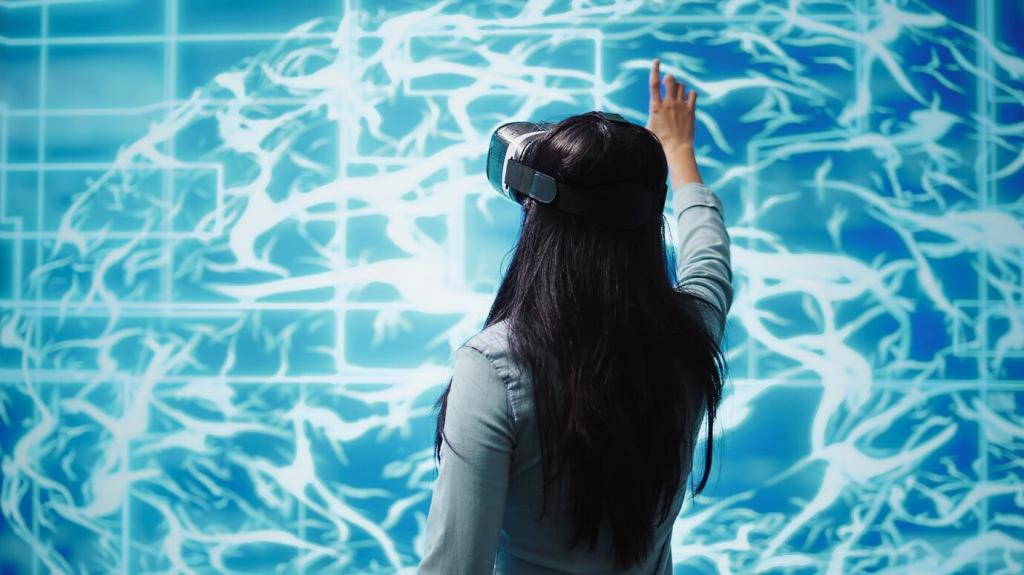
Digital Detox Tips for Improved Mental Health
Taking control of your digital habits is crucial in today’s constantly connected world. Engaging regularly with screens can increase stress, diminish attention spans, and impact your overall mental well-being. A digital detox offers the chance to step back, re-evaluate your relationship with technology, and introduce mindful routines that promote better mental health. These practical tips and strategies can help you reclaim balance in your life and foster emotional resilience.
Understanding Digital Overload
Screen fatigue manifests in various ways, including headaches, eye strain, and a constant feeling of restlessness. Prolonged exposure to screens can diminish your ability to process information efficiently, leaving you feeling mentally depleted. Learning to distinguish between necessary screen time and mindless scrolling is a foundational step in curbing digital exhaustion and protecting your mental health. Awareness is the first move toward positive change.
Previous
Next
Creating Screen-Free Rituals
Morning Mindfulness Routine
Starting your day with a screen-free morning routine can set a positive tone. Try incorporating activities like meditation, reading, stretching, or enjoying a leisurely breakfast away from devices. Allowing your mind time to wake up without digital stimulation reduces stress and sets you up for a more mindful, productive day. This approach makes it easier to prioritize genuine connections and self-care.
Evening Wind-Down Practices
Engaging in a relaxing, device-free routine before bedtime can significantly improve the quality of your sleep. Activities such as journaling, gentle yoga, or listening to calming music help signal to your brain that it’s time to unwind. By reducing blue light exposure and mental stimulation in the evening, you’ll fall asleep more easily and experience deeper, more restorative rest. Creating this habit supports long-term mental wellness.
Recreation Without Screens
Rediscovering hobbies that don’t involve screens adds richness to your daily experience while alleviating digital fatigue. Whether it’s painting, gardening, or playing a musical instrument, immersing yourself in hands-on activities fosters creativity and satisfaction. These moments offer valuable downtime, allowing you to recharge emotionally and mentally without the need for constant digital input.
Previous slide
Next slide

Building Healthy Social Media Habits

Curating Your Feed
Taking time to unfollow accounts that trigger stress, jealousy, or negativity can have a profound effect on your mood. Follow content that inspires you, educates, or genuinely brings you joy. By tailoring your feed, you minimize sources of digital comparison and develop a healthier relationship with online communities. This intentional approach nurtures a supportive and uplifting digital environment.

Limiting Passive Scrolling
It’s easy to lose track of time when mindlessly scrolling through feeds. Setting boundaries around how and when you use social media cultivates more purposeful engagement. You might decide to only check apps at certain times or use timers to limit your exposure. This way, you’re less likely to fall into negative thought patterns and more likely to use social platforms in ways that add value to your life.

Engaging With Intention
Instead of simply consuming content, try engaging more deeply with what you see online. Commenting thoughtfully, participating in positive discussions, or sharing uplifting messages can enhance your sense of connection and fulfillment. When your interactions are intentional, you experience greater satisfaction and reduce feelings of isolation often associated with unstructured social media use.
Before picking up your phone or opening an app, pause and ask yourself why you’re doing so. Are you seeking information, connection, or simply filling time? This practice can help interrupt automatic habits and steer you toward more meaningful use. By getting clear on your intentions, you make conscious choices and limit unnecessary or potentially harmful screen time.
Practicing Mindful Technology Use

Spending time outdoors, even for just a few minutes daily, can have significant benefits for your mental health. Activities like walking in the park, hiking, or simply sitting amidst nature help lower stress and elevate your mood. Nature immersion also offers a welcome respite from digital noise, allowing your senses to reset and your creativity to flourish.

Nothing compares to the warmth and connection of in-person conversations. Scheduling coffee dates, attending community events, or gathering with friends strengthens your relationships and fosters emotional support. Intentional face-to-face interactions help counteract feelings of isolation that can arise from excessive digital communication and reinforce a sense of belonging.

Diving into creative outlets like painting, music, or crafts provides a fulfilling alternative to digital entertainment. Creative exploration encourages self-expression, sharpens focus, and produces a deep sense of accomplishment. By prioritizing these activities, you nurture your mind and emotions in ways that screens simply cannot replicate.
Identify spaces in your home where devices are not allowed, such as the dining area or bedroom. These screen-free zones become sanctuaries for meaningful conversation, relaxation, and uninterrupted rest. Establishing these boundaries helps separate your digital life from your personal time, enriching both your environment and your relationships.

